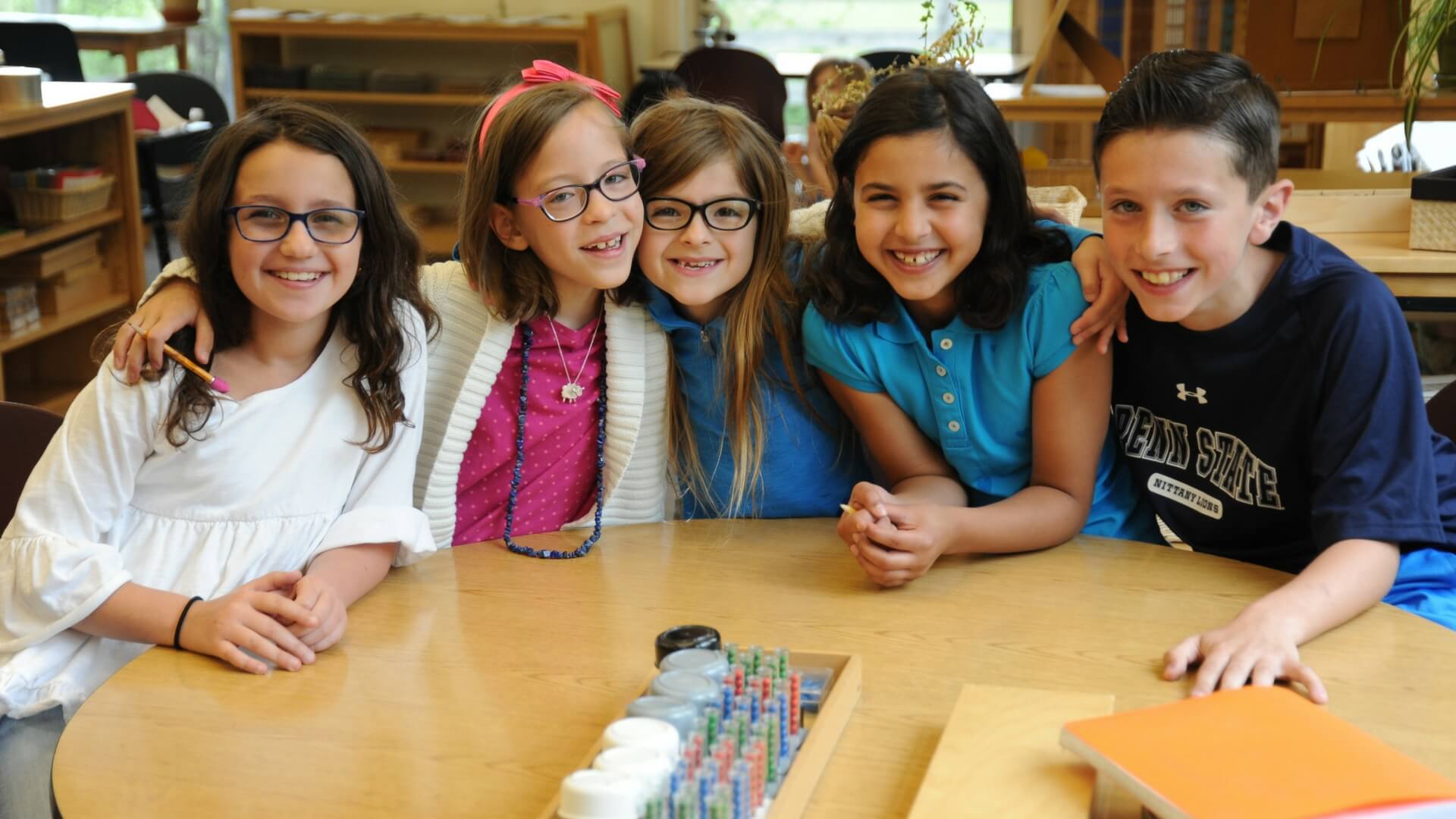Children learn concretely, adopting new concepts best when they can feel them in their hands and move them about. For some concepts, like quantities from one through ten, this is easy enough to provide: one bead fits in the hand just as ten do. How, though, can we introduce children to concepts that are larger than our ability to present in the classroom? In Montessori Land and Water Forms, we accomplish this through child-scaled models, combined with beautiful images of the things they represent around the world.
What are Montessori Land and Water Forms?
The Montessori Land and Water Forms introduce the child to a concrete experience of common topographical features on the Earth, as a part of our larger curriculum in Geography and the Cultural Subjects.
In the Primary classrooms, five pairs of Land and Water forms are presented:
- island and lake
- gulf and bay
- archipelago and system of lakes
- cape and peninsula
- isthmus and strait
With each, the child is introduced first to the shape in isolation, learning the name of each shape as he feels the relative land and water. Each shape is molded from heavy, durable plastic, allowing the child to feel the raised “land” and to fill the trenches with water. Then, children are able to work with matched shapes, noticing that each form in a pair is the inverse of the other form. Eventually, children can search on topographical maps of the continents for examples of real forms in nature or explore photos of these forms around the world as they work with our continent maps.
Montessori Land and Water forms are naturally appealing to young children, who love to use these wet, messy lessons and will often concentrate for long windows as they explore the feel of the water on their fingertips. Building on that natural motivation, the materials introduce proper language for topography at a time when children are also more easily able to remember and integrate those unusual words. “Isthmus” and “peninsula” become playful sounds to construct. Here, Akshaj is learning about a system of lakes and an archipelago, beautiful words to expand his vocabulary. And cleaning up the material helps children to take responsibility for their workspace, to develop their own coordination and sense of order, and to build independence.
Montessori said, “Give the world to the small child.” The Land and Water Forms are one such tool we use to bring the world to the classroom.
This post first appeared on Montessori Daoshi.


